
Photographer Joseph Szabo, best known for his pictures of teenagers, recently made a remarkable re-discovery—a very different body of work he calls Hometown—pictures taken four decades ago that he had all but forgotten.
Szabo talked to LightBox about these newly unearthed prints, a selection of which we publish here for the very first time—and how these images relate to his iconic teenage photographs taken over the past 40 years.
In the early seventies, Joseph Szabo taught art and photography at Malverne High School on Long Island. Simultaneously, he continued his own photographic education, traveling to New York City to take a course on “how to photograph people and strangers” with Ken Heyman and to attend a lecture series called “The Concerned Photographer,” curated by Cornell Capa, that featured the worlds’s preeminent photographers.
Inspired by the workshops, Szabo began photographing his students as a means of breaking down the barrier between pupil and instructor. Starting out in the classroom before branching out to the school grounds, Szabo soon gained the trust of his students, eventually photographing them at parties and on Jones Beach.
The resulting body of work is a celebration of teenage experience: described by Szabo as “the years of restless desire and blossoming sexuality; the world of high school, parking lots, and street corners; and the uniquely American culture in which all of us have grown up.” Published in 1978 as Almost Grown (Szabo’s first book), the photographs represent a remarkable evocation of the period, providing a timeless and endlessly compelling look into the formative years of American youth.
Almost Grown received a good deal of attention, but soon things returned to normal. Szabo continued to photograph teenagers as a means of engaging with his students — an activity he continued until his retirement in 1999. Although there was the occasional request for an image — most famously “Priscilla” for Dinosaur Junior’s album in the 80’s — twenty years would pass before Szabo’s work would again be brought into the spotlight and his second book, Teenage, published.
Szabo revisited and mined his Teenage portfolio, resulting in two more books — Rolling Stones Fans and Jones Beach. His reputation as a chronicler of teenage life grew and Szabo reached a new audience, one that spanned from hipsters to celebrity “fans” like Bruce Weber who supported Szabo’s work. It seemed that Szabo’s legacy had been defined as the photographer of teenagers.
In 1990 Szabo converted his two car garage into a working studio, moving boxes and boxes of photographs from his damp basement to the new studio. Many years later, in 2010, when Tom Gitterman (Szabo’s New York gallery dealer) visited to select work for an exhibition of Szabo’s Jones Beach photos, he noticed the boxes.
“What’s here, what’s in this box?” Gitterman inquired.
“I don’t know. Let’s open it up and find out,” Szabo replied.
Opening the box, Gittermann made a fascinating discovery: a series of suburban landscape photographs taken between 1973 and 1979 had remained hidden since being printed more than 30 years previously.
The Hometown and Teenage work share the same geographic locale, with a majority of the photographs taken on Long Island.
What makes the Hometown images so remarkable is that although the landscape photographs are different in so many ways to Szabo’s teenage work, they embody the same DNA and trigger the same emotional response. They have a remarkable ability to trigger a viewer’s personal memory — something noted on the back cover of Szabo’s first book, Almost Grown: “Within these pages you will recognize part of yourself—as you are today or as you were when you too were almost grown.”
This is as true for the photographer as it is for his audience. Szabo describes his work as autobiographical. He experienced something akin to instant nostalgia when making the work, recalling fond memories of his own childhood.
The connection evident in the teenage work carries through to Hometown. Szabo explains, “I’ve gone through all these various experiences as a kid, as a teenager, so I understand what I’m looking at when I photograph this kind of teenager. I knew kids like that in my life. And when I photograph the hometown scenes, I lived in a place, I walked through a place like that on my way to school, or to church, or to the museum. I passed by those big million-dollar homes, so I understand it from that perspective.”
“When I see something that really strikes a chord emotionally within me, I’m not really thinking of that when I’m photographing it. But, I’m just saying to myself, I have an understanding of this, I can’t put it into words, but I feel that I have some kind of understanding. So in that sense it’s autobiographical.”
Backyards, children playing and hanging out on suburban streets and cars are all motifs found within the Hometown work — all were important in Szabo’s upbringing, none more than the car.
“I couldn’t wait to get a car. It opens up the whole world for a teenager when you have a car,” Szabo says. And although Szabo’s first car wasn’t as he would have preferred like Death Wish (image 8 in the above slideshow), he still relates to the culture and freedom that the his first car bought him. “Driving to high school, then college, and picking up your friends” — an ideal that relates to the typical teenage American suburban lifestyle that Szabo experienced and has documented so naturally.
Szabo continues to discover and print work from his five-decade-deep archive. When interviewed for this piece, Szabo was looking through photographs from the first teenage party he had photographed back in 1972, grainy black and whites shot on recording film at 2,000-6,000 ASA. These images will be included in The Joseph Szabo Project, a recently completed documentary film, (currently about to start screening on the film festival circuit), that will highlight more of Szabo’s unpublished work.
A retrospective exhibition is also planned at the Heckscher Museum for Winter 2012 that includes his teenage work from Almost Grown, Teenage, Rolling Stones Fans and Jones Beach. Szabo explains that the show will also provide an opportunity to place the Hometown photographs within his wider body of work. “The curator did look at the suburban landscapes and she really liked them. She may pick a few, which would tie them in with the whole teenage idea. An image of kids sitting on the curb from Hometown, for example, is pre-teenage and could lead up to things with the teenage kids.”
The Hometown photographs serve as a prequel to the teenage work by giving context to suburban lives that Szabo has documented so effectively for almost forty years.
Joseph Szabo’s effortless images — at once nostalgic and timeless — appeal directly to our senses and resonate within us. His photographs remind us of the best days of our lives.
Joseph Szabo’s Jones Beach photographs will be exhibited at Jackson Fine Art in Atlanta from June 24 – August 27.
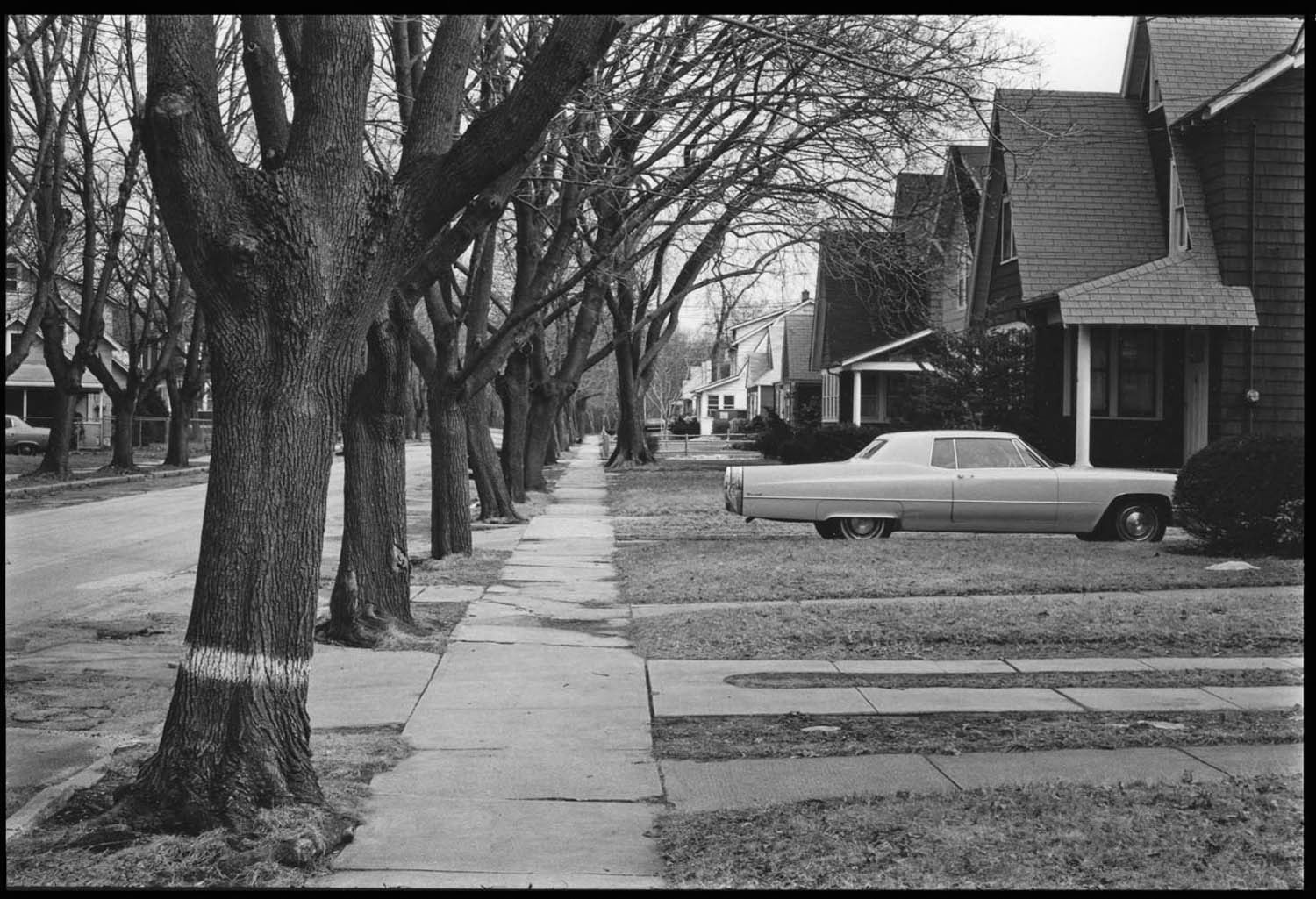
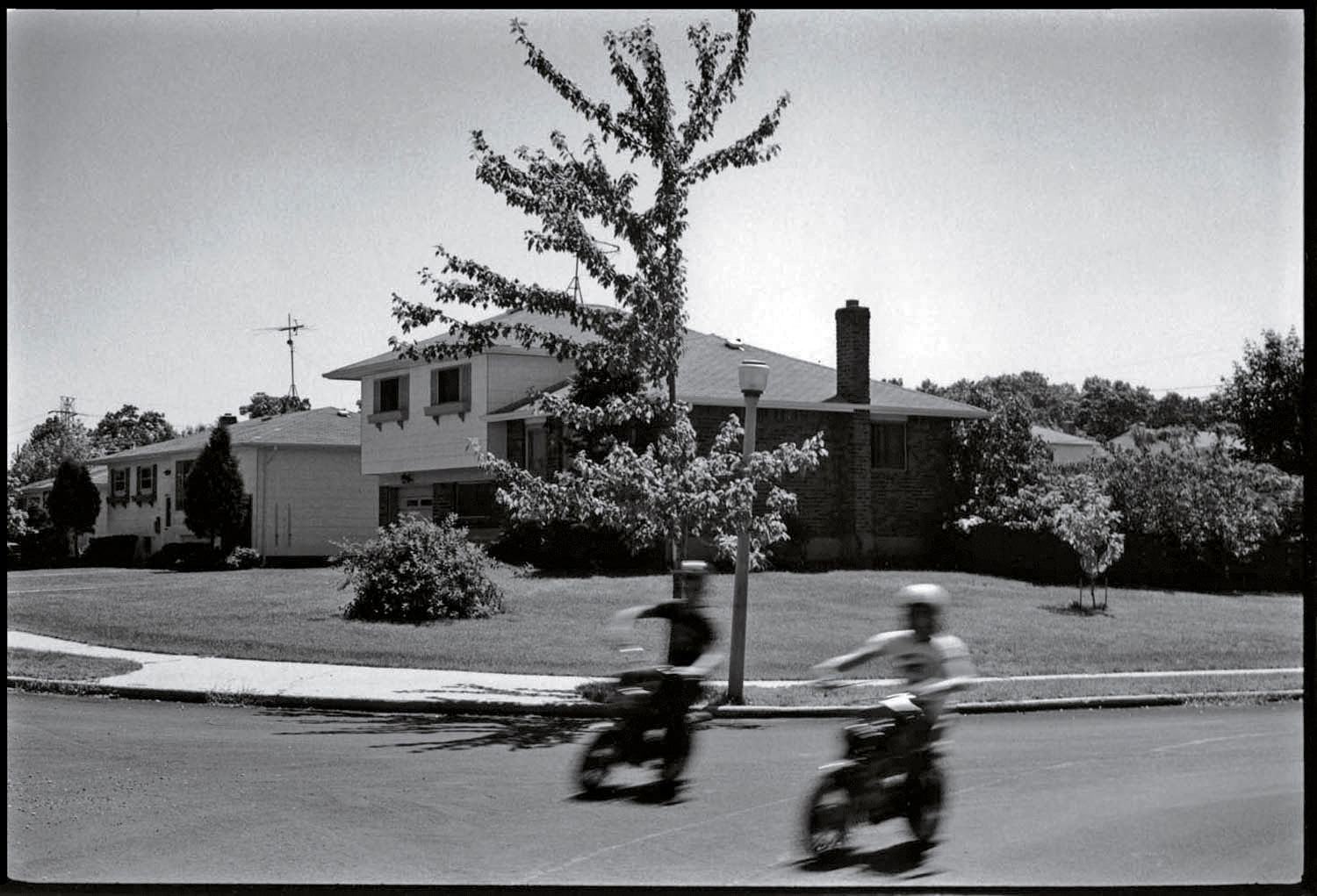

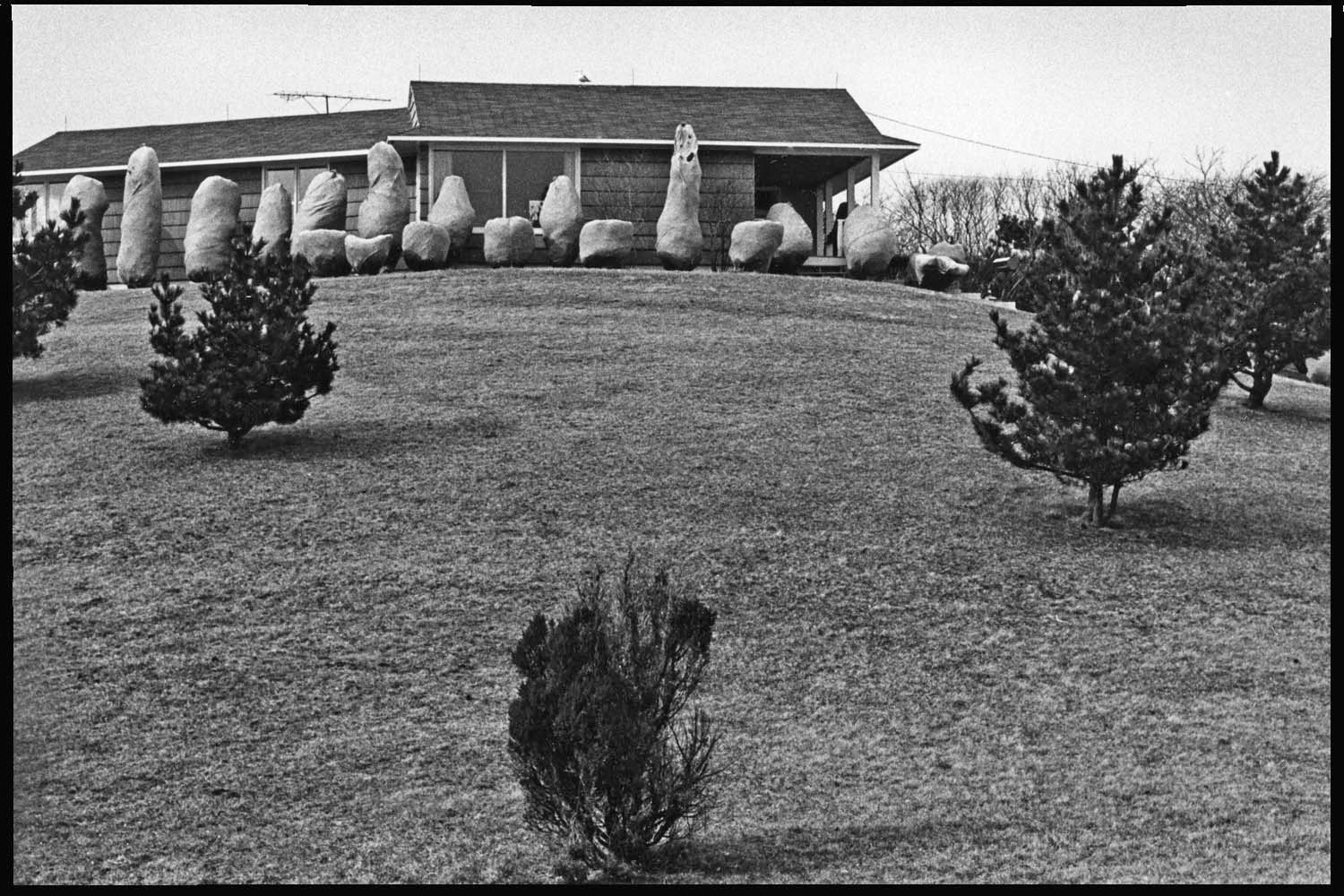

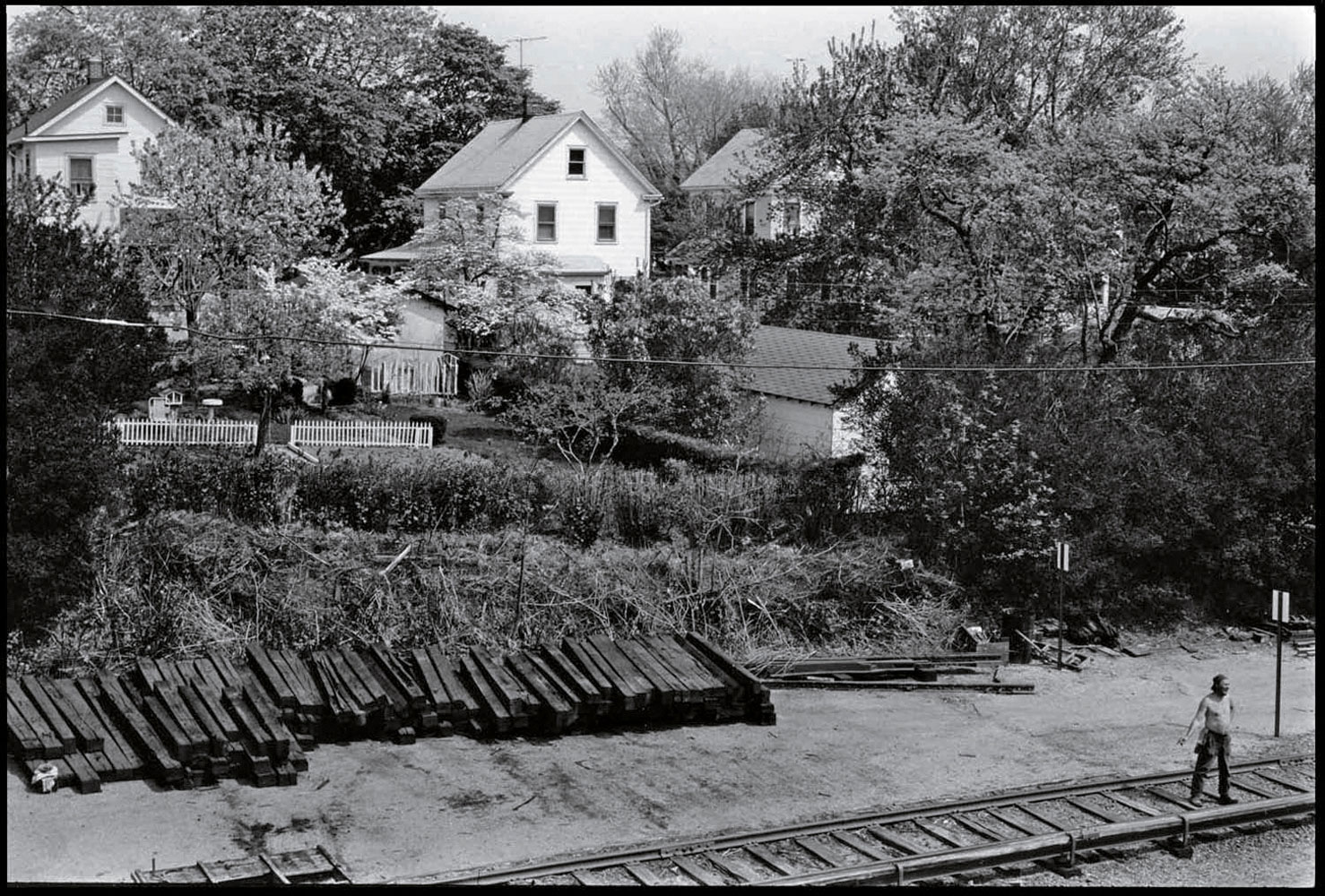
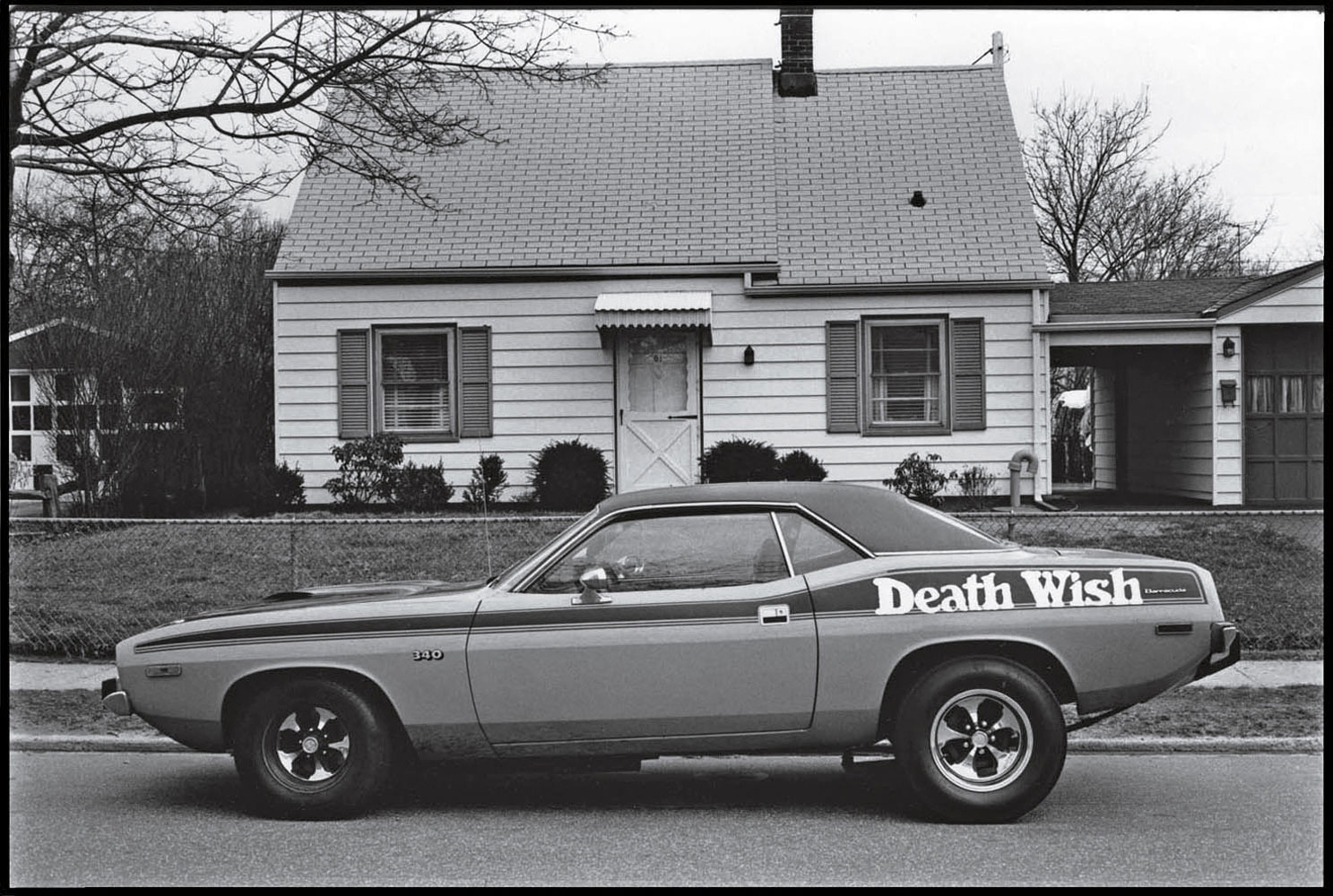



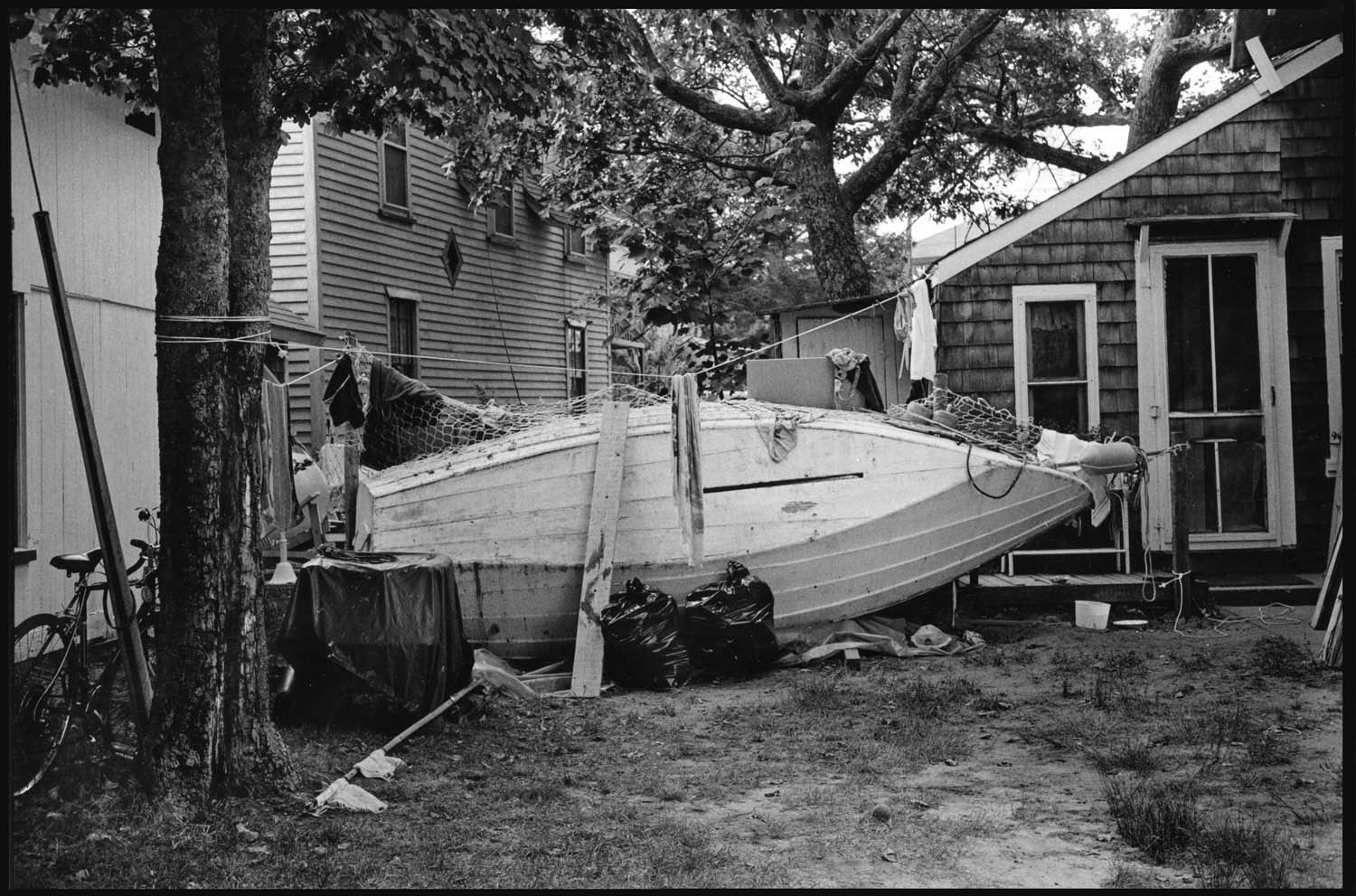



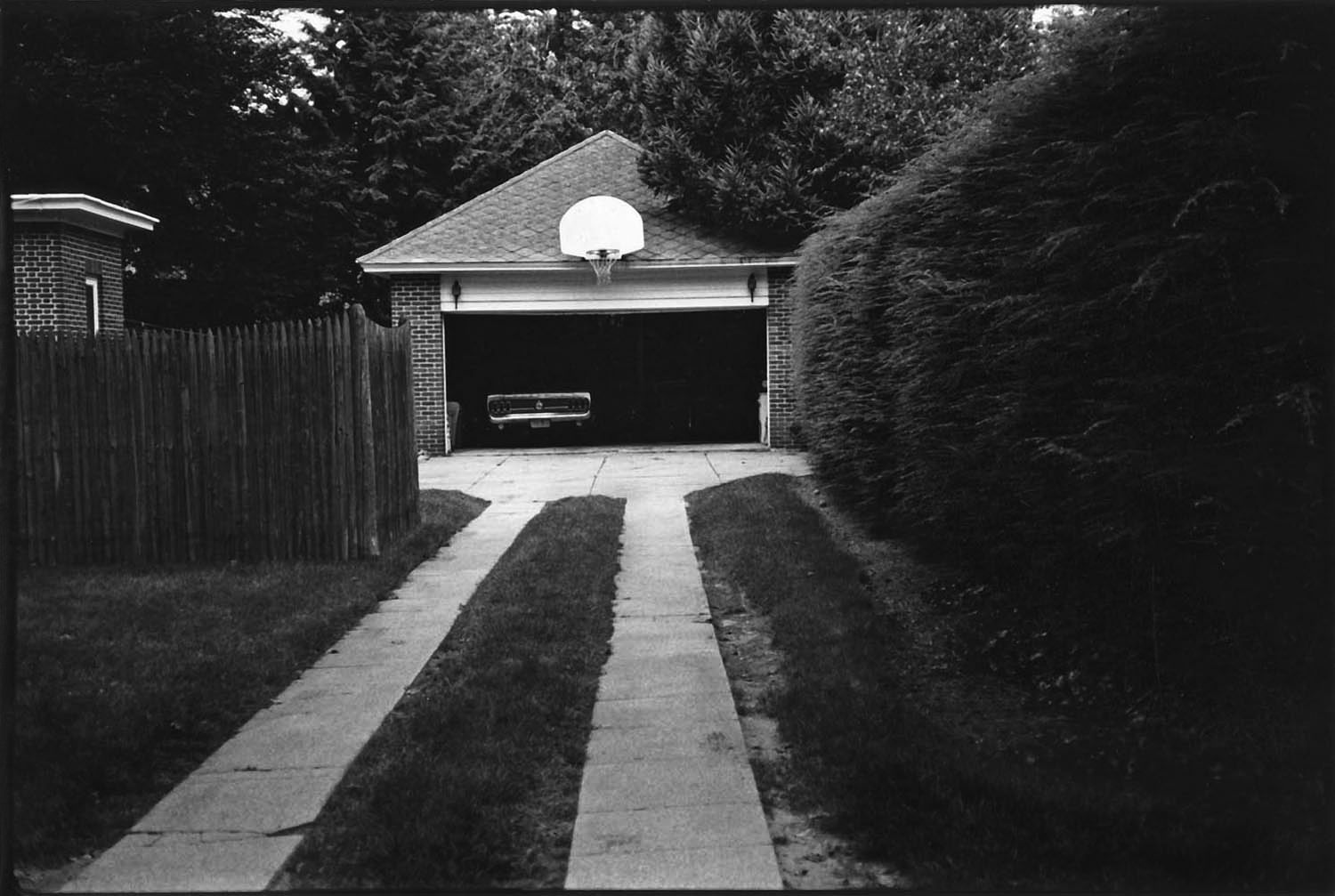
More Must-Reads from TIME
- Donald Trump Is TIME's 2024 Person of the Year
- Why We Chose Trump as Person of the Year
- Is Intermittent Fasting Good or Bad for You?
- The 100 Must-Read Books of 2024
- The 20 Best Christmas TV Episodes
- Column: If Optimism Feels Ridiculous Now, Try Hope
- The Future of Climate Action Is Trade Policy
- Merle Bombardieri Is Helping People Make the Baby Decision
Contact us at letters@time.com